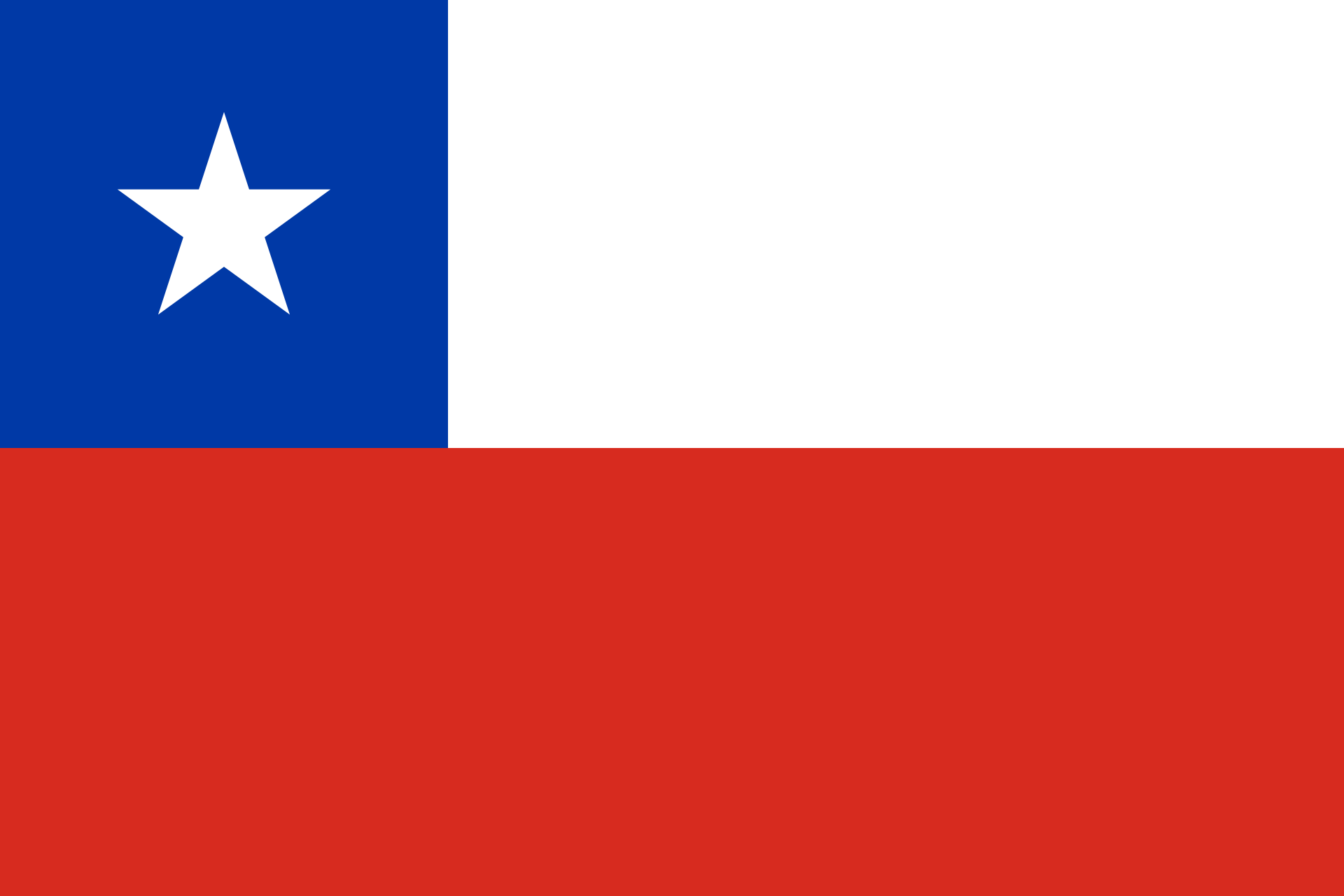
The Supreme Court of Justice is at the head of Chile's judicial power. It is a collegiate court, sitting in the capital of the Republic of Chile.
The Supreme Court of Justice is composed of 21 members, known as ministers. The President of the Court is appointed by his peers for a two-year term.
Ministers are appointed by the President of the Republic, with the agrement of the Senate. The President chooses them from a list of five candidates proposed by the Supreme Court. Of the 21 members of the Supreme Court, 16 are from the judiciary and 5 are lawyers. They must have practised for at least 15 years, excel in their professional or academic activity and comply with the other requirements set out in the organic constitutional law. The order of precedence of ministers is determined by their seniority at the Court.
The Supreme Court of Justice also has a judicial prosecutor, a secretary, a "pro-secretary" and eight rapporteurs.
The Supreme Court oversees the activity and management of the country's courts, with the exception of the Constitutional Court, the Electoral Qualification Court and the regional electoral courts.
The Supreme Court of Justice exercises its functions in specialized chambers or in a plenary session, in accordance with the conditions laid down by law.
On the first working day of March, the Supreme Court begins its functions at a public hearing attended by the Judicial Prosecutor and the members and judicial prosecutors of the Santiago Court of Appeal. During this hearing, the President presents the Court's annual public report.
During its normal working hours, and before cases are reviewed, the Court preferably deals, in the order established by the President, with cases that must be resolved in consideration of the study and agreement of the proposed sentences.
The Supreme Court is also competent to grant the title of lawyer to graduates in legal and social sciences, or to law graduates from all the country's law faculties. For this purpose, it has a Titles Office, which is the unit responsible for processing applications for the title and providing applicants with all relevant information.
Article 96 of the Organic Code of the Courts establishes the jurisdiction of the Supreme Court of Justice. Among its most important functions are:
1° Examining appeals against the lifting of the immunity of certain authorities, such as deputies and senators;
2° Examining, on appeal, proceedings for the dismissal of judges of the Courts of First Instance or Ministers of the Courts of Appeal. These appeals are examined, in the first instance, by the Courts of Appeal or by the President of the Supreme Court;
3° Exercise the administrative, disciplinary and economic powers conferred on it by law. In exercising these powers, the Supreme Court of Justice determines, in particular, the rules governing the operation of the courts and other judicial services;
4° To respond to requests for advice from the President of the Republic on any point relating to the administration of justice;
Ordinary sessions of the Plenary Court are held every week on Fridays, between 8.30 a.m. and 1.30 p.m. Extraordinary meetings are held on the day and at the time indicated on the notice convening the meeting.
The President of the Supreme Court is a member of the Court elected by his peers. His term of office is two years, and is not renewable.
The functions of the President of the Court are defined by article 105 of the Organic Code of the Courts of Chile. In particular, he presides over the public sessions of the Court, which he opens and closes; he organizes the day-to-day running of the chambers; he directs the sessions, giving the floor to members who request it, and determining the subjects to be debated and the proposals to be voted on. He allocates work to the Court's rapporteurs and staff.
Law 233-2014 provides that the distribution of contentious matters between the Court's chambers must be carried out every two years.
Three strategic commissions have been set up to advise and make proposals to the plenary assembly of the Supreme Court. They are made up of members of the Supreme Court, and study projects relating to the modernization of the Court or its communication.
These commissions are responsible for gathering the necessary information and formulating proposals to the Plenary Assembly. They monitor the implementation of the projects decided upon.
The Commissions have a monthly work program, and report regularly to the Plenary Assembly on the progress of the projects they are examining.

© AIHJA - IASAJ Copyright